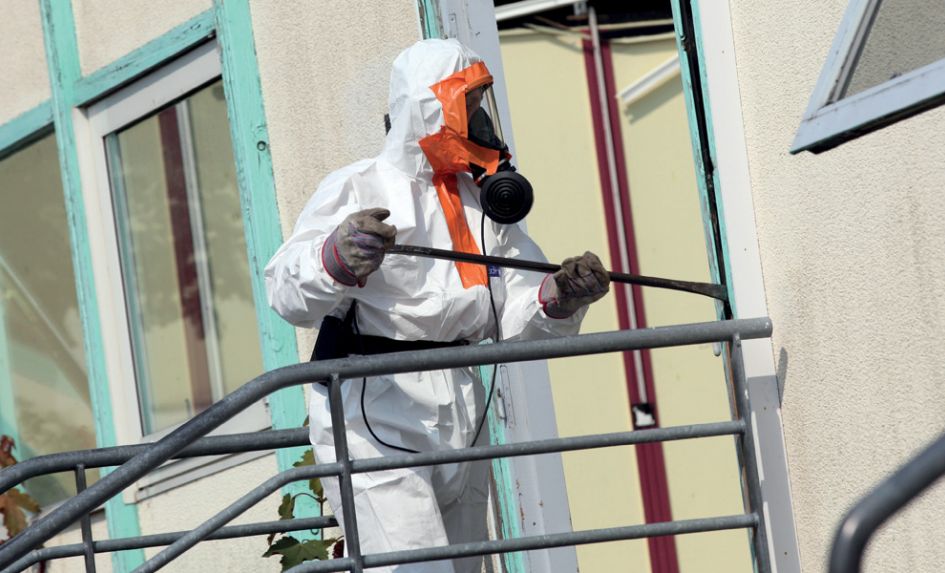Among headteachers’ numerous duties and responsibilities, it’s fair to assume that managing the presence of asbestos in their school won’t feature near the top of their ‘to do’ list. Yet they have a legal, and some would say moral, duty to ensure that any asbestos within their school premises is managed properly.
Asbestos is a natural mineral previously used in many areas of construction, principally as a thermal and noise insulator. Before its dangers fully emerged, it was classed as a ‘magic mineral’.
Unfortunately, when asbestos become friable it releases very small fibres which can penetrate deep into the lung and remain there. These fibres can subsequently cause cancers of the lung, including one type only known to be caused by asbestos exposure – mesothelioma.
One of the reasons it took so long for asbestos to be associated with these diseases is the cancers’ long latency period, which can be anything from 20 to 50 years before diagnosis. Average life spans after diagnosis are just eight months, with successful treatment and recovery very rare.
The Control of Asbestos Regulations 2012 confer duties to record exactly where asbestos is, the state it’s in and any plans to remove it. This information should be checked on a regular basis, usually annually or when circumstances change.
Successive governments have, in effect, largely ignored the issue, outside of cases where individual schools have suffered major exposure. The Health and Safety Executive, which advises the DfE, states that if asbestos is in a good condition it should be left alone, but there are a number of problems with this approach.
The DfE lacks any centrally stored data concerning the prevalence and condition of asbestos in schools. It’s estimated that 85% of UK schools have some asbestos in their buildings, some of which will have been present for 50 years or more – and hence subject to weathering, refurbishment and boisterous pupil behaviour.
They may have access to help in dealing with the issue, but that will depend on the resources and expertise of their LA or academy trust.
If the government could gather better asbestos data, it could proactively plan a phased removal of asbestos and roll out better staff training and awareness on how to conduct the process on their premises.
That raises the issue of resources, but there are two important considerations. Firstly, a proactive approach will prioritise the most dangerous cases of asbestos removal, thus lessening the risk of exposure. Secondly, we must face up to the fact that removing asbestos is expensive – and unlikely to get any cheaper with time.










